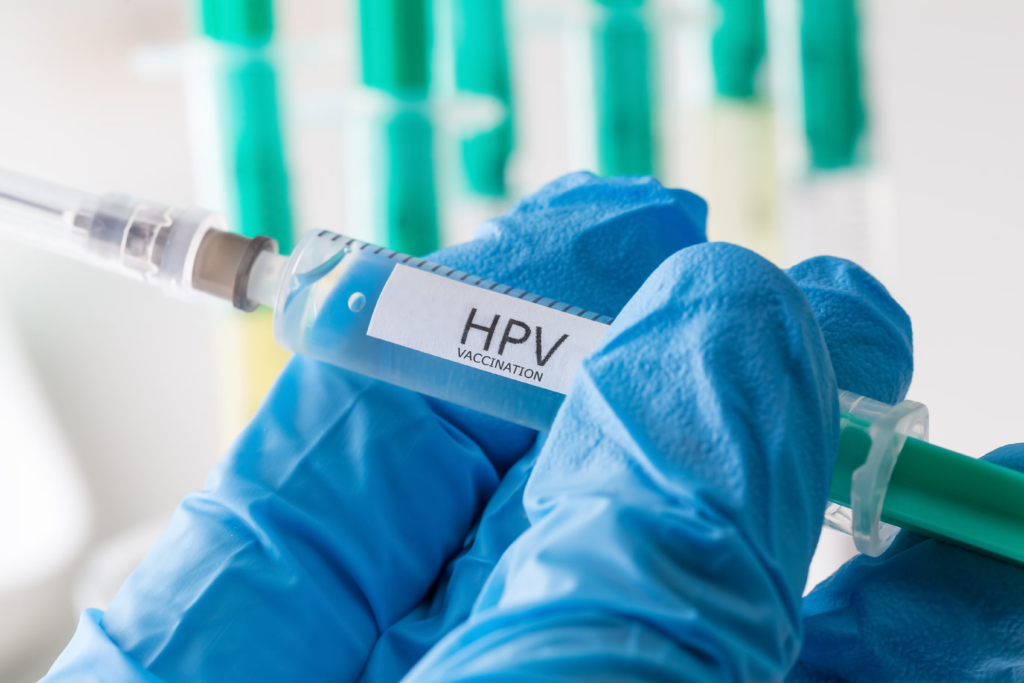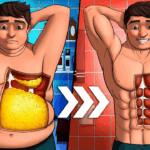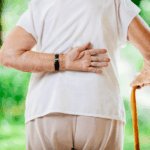HPV: Everything You Need to Know About the Virus, Prevention
Introduction
HPV (Human Papillomavirus) is one of the most common viruses worldwide, with over 200 different types. It is primarily known for being sexually transmitted, but it can also spread through direct contact with infected skin or mucous membranes. Despite its widespread nature, HPV remains a topic surrounded by doubts and myths that need clarification. In this post, you’ll learn what HPV is, its risks, how to prevent it, and the available treatment options.
What is HPV?
HPV is a virus that infects the skin and mucous membranes, potentially causing genital warts, skin lesions, and, in more severe cases, being linked to various types of cancer, such as cervical, throat, penile, and anal cancer. HPV infection is extremely common, with estimates suggesting that up to 80% of sexually active individuals will encounter the virus at some point in their lives.
Main Types of HPV
High-risk HPV: Can cause cellular changes that lead to cancer. Examples: HPV 16 and 18, responsible for about 70% of cervical cancer cases.
Low-risk HPV: Associated with genital warts and benign lesions. Examples: HPV 6 and 11.
How is HPV Transmitted?
Contaminated objects: Rarely, HPV can be transmitted through towels, underwear, or other items that come into contact with infected skin.
Sexual contact: The most common mode of transmission, occurring during vaginal, anal, or oral sex.

Skin-to-skin contact: Even without penetration, contact with infected areas can spread the virus.
Myth: Condoms provide 100% protection against HPV.
Fact: While they significantly reduce the risk, condoms do not fully prevent transmission, as the virus can infect areas not covered by the condom.
Signs and Symptoms
In most cases, HPV causes no symptoms and resolves on its own, thanks to the immune system. However, in some instances, it may cause:
- Genital warts (resembling cauliflower or flat lesions).
- Cellular changes detected through tests like the Pap smear.
- Precancerous lesions.
⚠️ Note: The absence of symptoms does not mean there is no infection. Regular check-ups are essential.
How to Prevent HPV?
- Vaccination:
- The HPV vaccine is safe and highly effective in preventing the most dangerous types of the virus.
- Recommended for girls and boys aged 9 to 14, before the start of sexual activity.
- Available for specific age groups through public health programs in many countries.
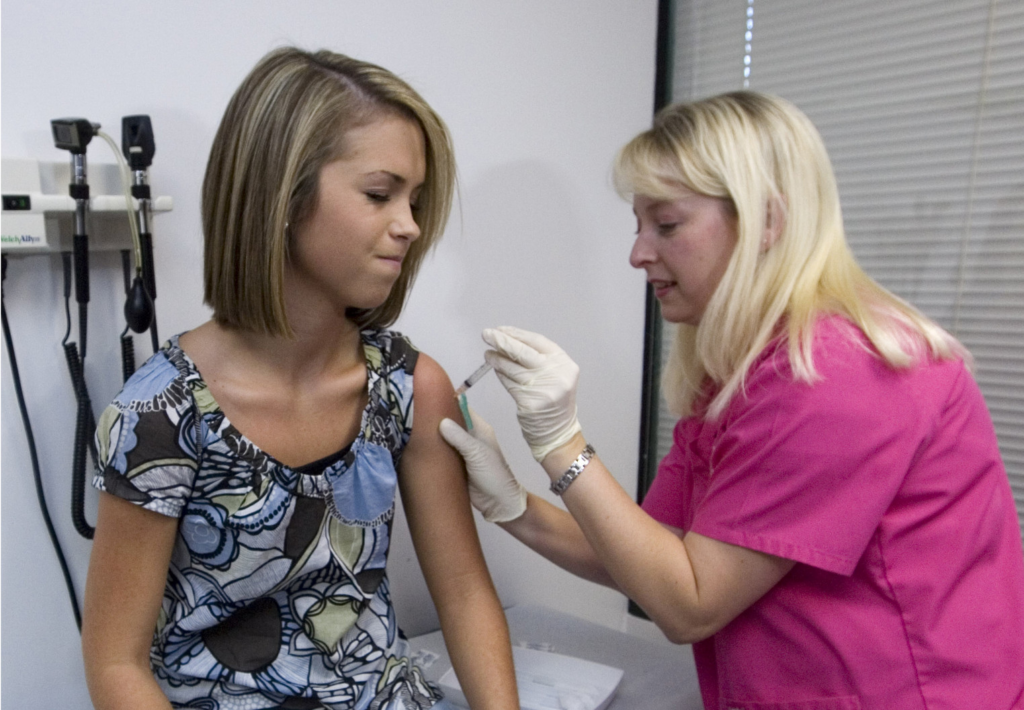
Condom use:
- Reduces the risk of transmission but does not eliminate it entirely.
Routine screenings:
- Women should have regular Pap smear tests to detect early changes.
- Both men and women can consult a doctor for preventive evaluations.

Hygiene and precautions:
- Avoid sharing personal items such as towels and underwear.

Treatment Options
- Genital warts: Topical treatments, cryotherapy, or surgical procedures may be recommended.
- Precancerous lesions: Depending on the severity, simple surgeries like conization may be necessary.
- HPV-related cancers: Treatment depends on the stage and may involve surgery, chemotherapy, or radiotherapy.
🩺 Tip: Consult a doctor if you notice any changes or to keep up with regular check-ups.
HPV and Cancer: Can It Be Prevented?
Yes! Most HPV-related cancer cases can be prevented with vaccination, regular screenings, and early treatment of lesions. Cervical cancer, for example, is highly preventable when diagnosed in its early stages
Conclusion
HPV is a common virus, but it doesn’t have to be a cause for fear as long as you take proper preventive measures and stay attentive to your body’s signs. Vaccination, routine tests, and seeking reliable information are the best ways to protect yourself.
Share this post to spread awareness and help more people take care of their health! 💪
🔗 Did you enjoy the content? Leave your comment or question below!
Papillex: The Natural Supplement for Immune Support Against HPV
If you’re looking for a way to strengthen your immune system to better handle HPV, Papillex® might be just what you need. Scientifically formulated, Papillex combines powerful nutrients like Folate, EGCG, Zinc Sulfate, and broccoli-derived compounds, including I3C and DIM, to help your body naturally respond to HPV.
Additionally, Papillex is a safe and high-quality choice:
Made with carefully selected natural ingredients that undergo rigorous testing to ensure quality and effectiveness.
Free from GMOs, gluten, dairy, nuts, and animal-derived ingredients.
Manufactured in the USA in cGMP-certified laboratories (Good Manufacturing Practices).
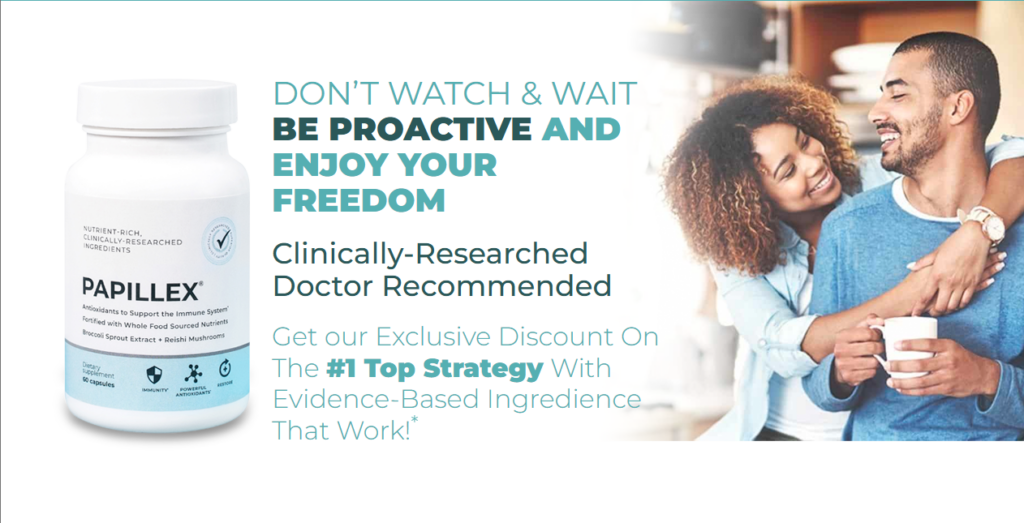
List of real consumers of the product
I’ve had a positive HPV test since 2019. My most recent Cervical screening was last Tuesday and I just got my results last night. I’m happy to report that my results showed NEGATIVE! I’m so happy and relieved. I hated going in for Colposcopies, so I’m glad I don’t need to do that anymore.
After 4 consecutive years of positive results, I wanted to be proactive in getting rid of it. Just waiting to see if my immune system would clear it (as recommended by my doctor) was not doing it, so I became frustrated. My husband suggested looking for a supplement that could help. After researching online and reading about others’ experiences, I started taking the Papillex supplement at around the end of October 2022 until now. I also started exercising more and consuming more foods that are rich in antioxidants. Fast forward to September 2023 – HPV NO LONGER DETECTED.
For those of you on the fence about trying the Papillex supplement, I say JUST TRY IT. It’s pricey, but I think it’s worth it. You can’t put a price on health. I’m so glad I tried i
Papillex not only provides immune support but also stands out for being affordable, vegan, and easy to incorporate into your daily routine. Remember: while the benefits are numerous, always consult a healthcare professional before starting any supplement to ensure it meets your individual needs.
Learn more about Papillex and other products like AHCC® and SIMPLIX® on the official website and start taking care of your immune system effectively!
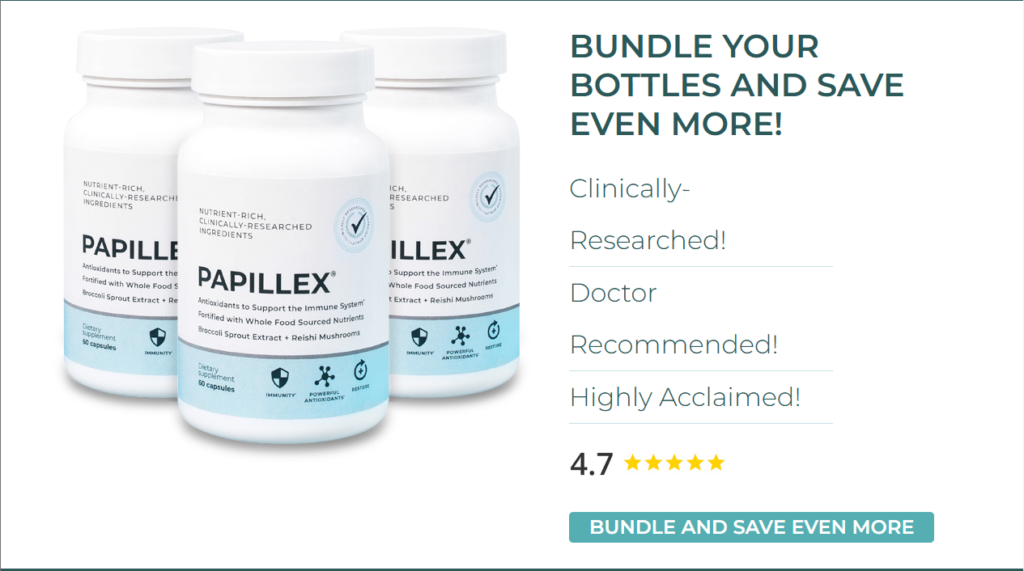

Dr. Sarah Miller is widely recognized as an influential leader in the healthcare field, with a career marked by excellence, innovation, and dedication to improving human well-being. Combining exceptional academic knowledge, clinical experience, and a deep commitment to research, she has become a reference in her specialty.


